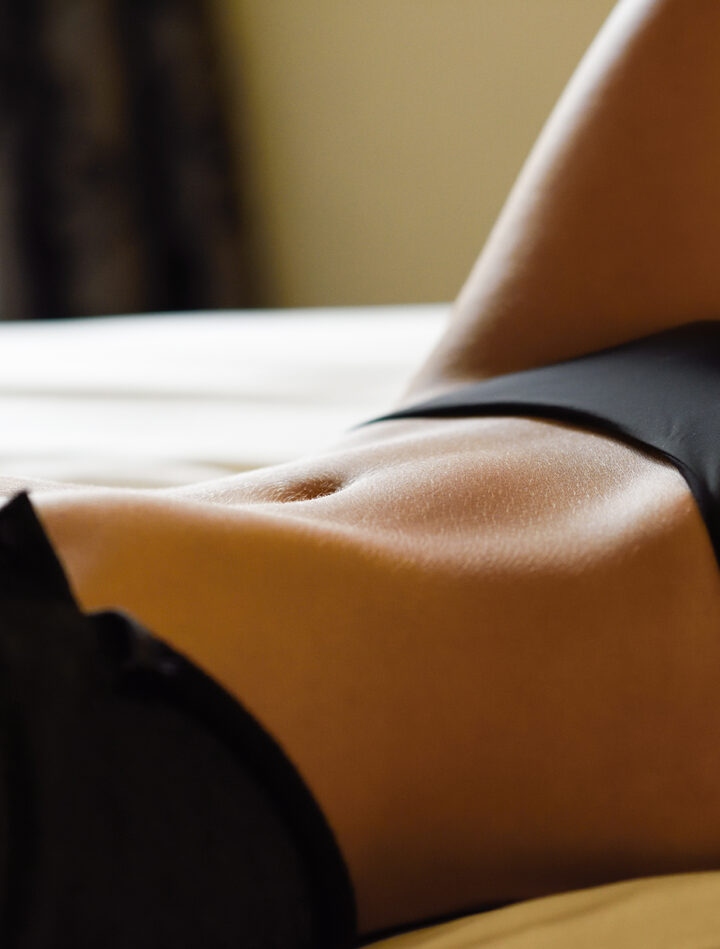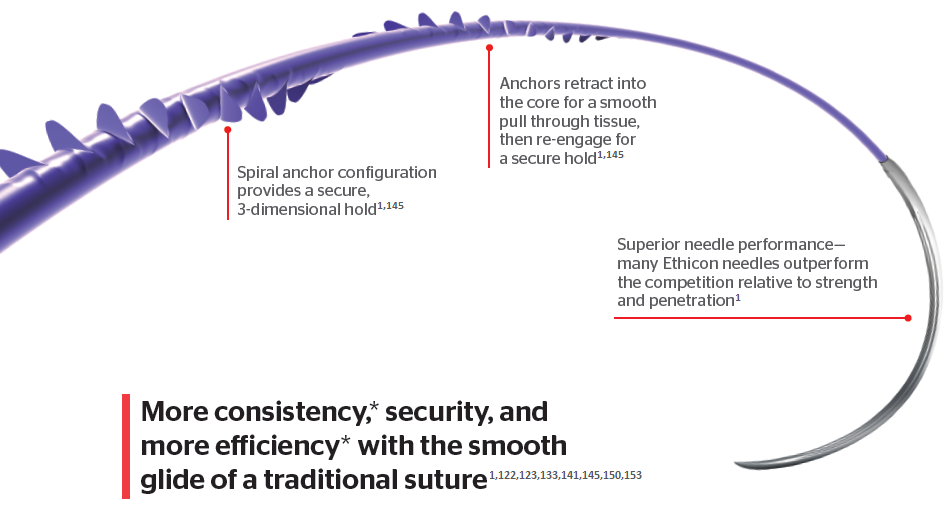One of the main concerns of tummy tuck patients is the scarring involved. And indeed, there is no such thing as a minimally scarring abdominoplasty operation when one is talking about the length of the scar, however strategies can be employed to minimize the visibility of the scar.

The tummy tuck operation involves a direct excision of the lower abdominal tissues to remove excess skin by pulling it downwards. The more skin is removed, the longer the scar. Therefore, by the time you are deemed a candidate for a tummy tuck, a scar becomes necessary to remove the extra tissue that bothers you.
Tummy Tuck Scars

Scarring will also differ based on ethnicity.
M.R. Khalifeh is keenly aware of the importance of the scar and keeps the incision as low in the bikini line as possible while employing the latest surgical techniques to maximize the chance of a perfect scar.